From plastic bottles to Styrofoam to shrink wrap, plastic packaging is a big part of many supply chains, especially for companies in the consumer-packaged goods sector.
And all that plastic has serious environmental consequences. Producing it generates nearly a gigatonne of greenhouse gas emissions each year. And it’s a major source of air pollution, since most production takes place in regions that use coal-fired electricity.
Plastic packaging also creates significant issues at the end of its life. It represents a huge portion of global plastic usage, but less than 14 per cent of it gets recycled. Instead, much of it ends up in the world’s oceans where it kills countless fish, birds and marine mammals. In fact, a report by the Ellen MacArthur Foundation estimates that by 2050, plastics will outweigh fish in the oceans.
Plastic waste continues to do harm as it breaks down, releasing potentially toxic substances that pose a risk to the health of humans and other creatures.

Cutting plastic waste is good for the planet — and the bottom line
Today, many countries are introducing regulations on single-use plastics to curb those devastating environmental impacts. Canada aims to enforce its ban on single-use plastics by the end of 2022. The U.K., Italy and Spain are introducing new taxes on plastic packaging. And in the U.S., a growing number of states are advancing legislation that will require companies to take on more of the environmental costs associated with their products.
At the same time, eco-conscious consumers and investors are demanding greater sustainability. According to Forbes, investments into environmental, social and governance (ESG) funds doubled from 2020 to 2021. Broadridge Financial Solutions predicts that ESG funds could nearly quadruple by the end of the decade, growing from US$8 trillion today to as much as US$30 trillion by 2030.
Fortunately, there are lots of ways to cut the volume of packaging — and cut input costs at the same time. For example, companies can switch to bulk containers and redesign packaging to shrink headspace. They can cut back on plastic overwraps for pallets and reduce the thickness of plastic film.
In some cases, there are opportunities to reuse plastics by shifting to refillable containers. In other cases, companies can replace virgin petroleum-based plastics with recycled and bio-based alternatives and source greener alternatives to packing peanuts and bubble wrap.
But it’s hard to make good decisions without good data
Before companies can effectively shrink their plastic footprint, they need to know what they’re dealing with. But because the majority of environmental impact occurs upstream during plastic production and downstream during disposal, it’s hard for companies to quantify it. And without that information, they can’t make informed decisions about how to reduce plastic packaging or identify appropriate suppliers.
Nor do they have the granular data they need to provide the kind of detailed ESG reporting that investors, governments and consumers are increasingly looking for.
As a result, few companies have robust sustainability initiatives for their supply chains. According to a recent Garter report, nearly a third of supply chain leaders today report having only limited initiatives to boost supply chain sustainability — or none at all. The biggest obstacles? Limited resources, conflicting priorities, lack of understanding of sustainability concepts and low visibility on early wins.
“Many organizations do not have access to fundamental data on their packaging specifications to set or validate goals,” says John Blake, Senior Director Analyst for Gartner Supply Chain. “Too often, packaging specs are held by suppliers or sit in legacy systems that require Excel and manual intervention to view material use in aggregate.”
That’s where The Owl comes in.
Introducing The Owl’s new packaging module
The Owl’s data analytics platform already offers key insights into supply chain issues. Now The Owl is developing a module that extends those analytics to plastic packaging.

It merges data from your enterprise systems (SAP, Oracle, etc.) with data from suppliers, customers, and external sustainability indexes. Then it uses proprietary algorithms to synthesize analyze the information. The results are displayed in real-time dashboards, revealing specific areas where your company could improve.
With these insights — and recommendations from The Owl’s team of experts — you can take strategic action to reduce your packaging footprint and decarbonize your supply chain.
It’s a powerful analytics tool that makes it easier to comply with new regulations, deliver meaningful ESG reporting and retain and acquire environmentally minded customers — all without big investing of ton of time or money.
The Owl is currently looking for companies to prototype its new plastic waste management module. It’s a low-cost, low-risk way to discover just how much plastic packaging is in your supply chain and where you can find quick sustainability wins. Click here for our free sign up.
